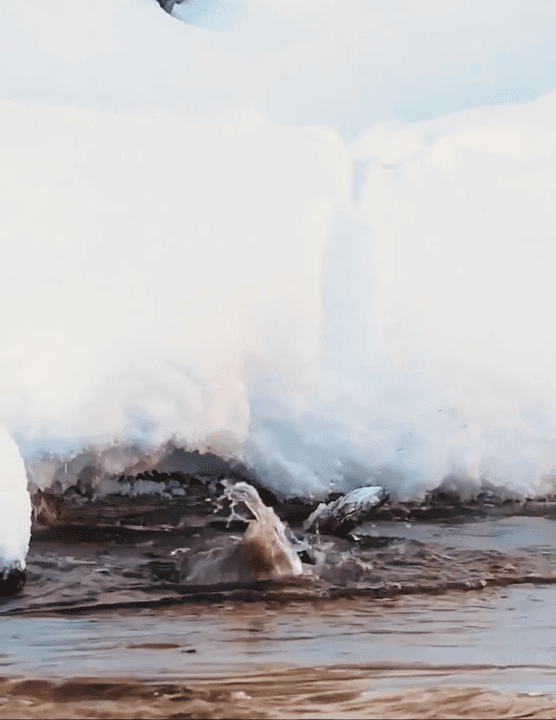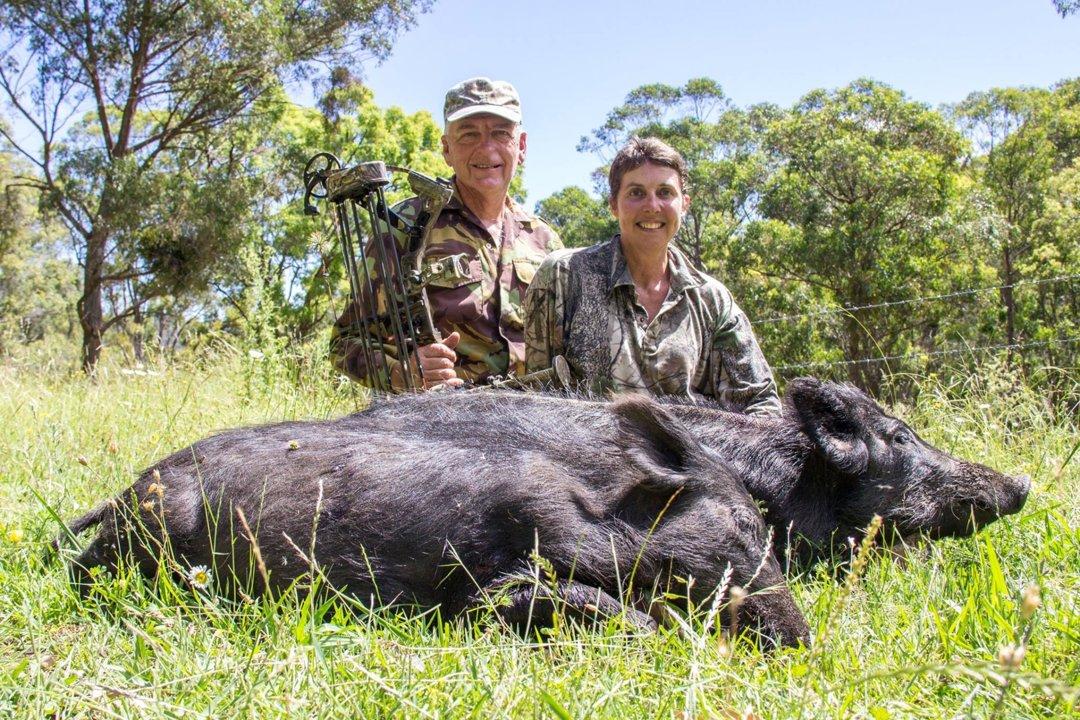
Sako S20 Rifle: A Deep Dive Review for Hunters and Precision Shooters The Sako S20 has made a significant splash in the bolt-action rifle market, appealing to both seasoned hunters and precision shooting enthusiasts. This rifle represents a departure from traditional Sako designs, offering a modular platform and features that cater to modern shooting demands. Let's break down the Sako S20, exploring its features, performance, and suitability for various shooting applications. Overview: A Hybrid Rifle for the Modern Shooter The Sako S20 is designed as a true hybrid rifle, intended to bridge the gap between hunting functionality and precision shooting capabilities. Its core strength lies in its modularity, allowing shooters to adapt the rifle to different scenarios and preferences. Sako aimed to create a rifle that feels at home on a mountain hunt as well as on a long-range target range. Key Features and Specifications: Modular Chassis: This is the heart of the S20's adaptability
Post: 9 March 20:04
















































